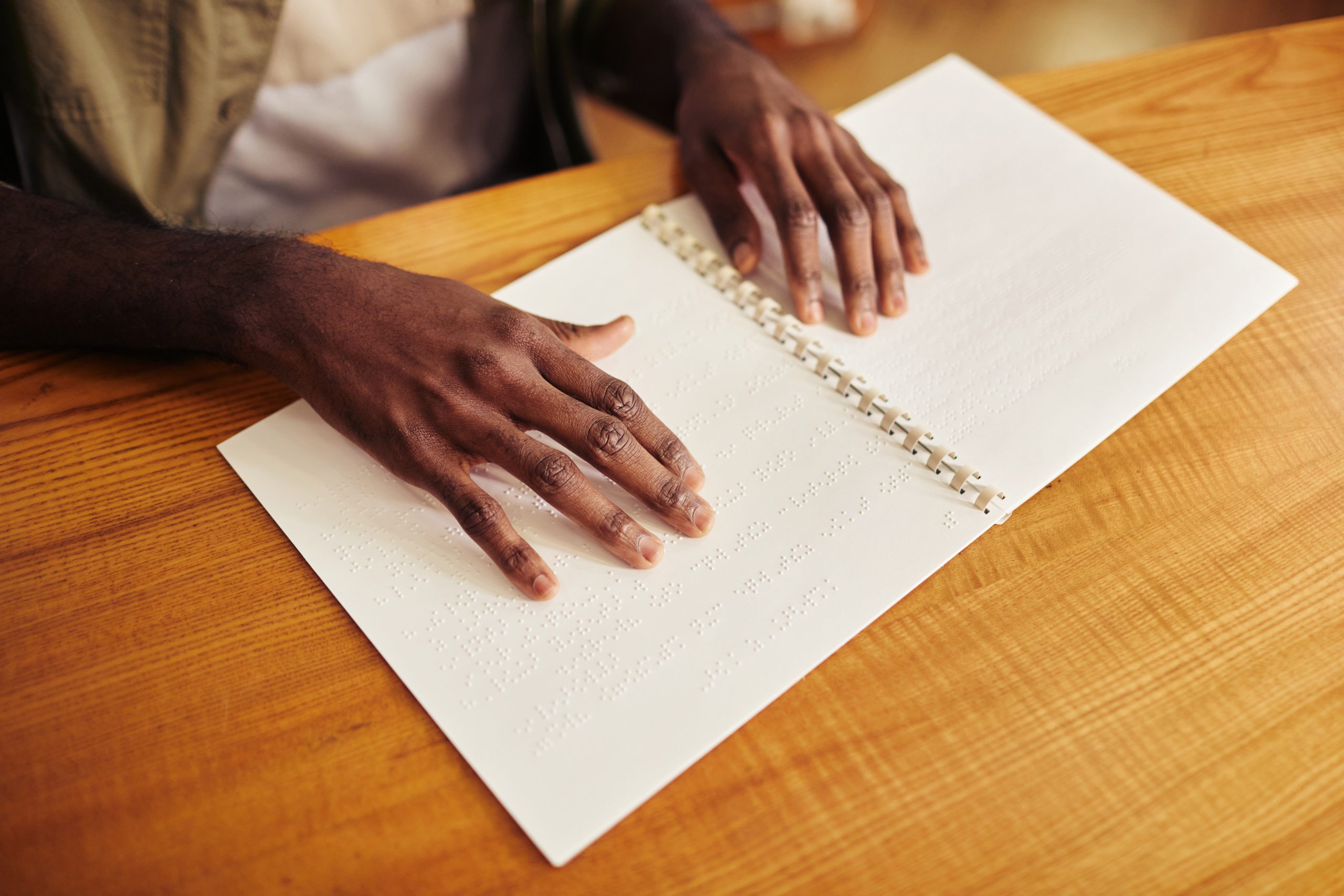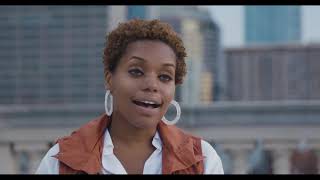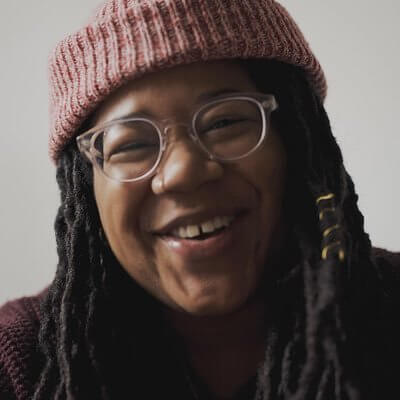Lisa Bryant and LyVette Bird, two women who have experienced vision impairment, have shown that with the right technology and support, they can thrive and overcome challenges that life has thrown at them.
Bryant and Byrd shared their stories on Reality Check with Tonya Pendleton, which hosted the pair and Julie Zeglen, managing editor of Technical.ly. The tech journalism platform began publishing a short audio series called “Thriving,” a year-long storytelling initiative that aims to collect and share the lived experiences of people in Philadelphia who are overcoming obstacles and striving for financial security and freedom. Byrd and Bryant were featured in a recent episode.
LyVette Bird’s life took an unexpected turn in 2017 when she lost her vision suddenly on the day of her son’s 29th birthday. As she recounted her experience, she recalled standing in the bathroom looking in the mirror when her world plunged into darkness. “I saw nothing,” she said. “Then I realized, LyVette, girl, you’re blind.”
Bird’s story is just one of many featured in the “Thriving” series, For Bird, telling her story became a crucial part of her healing process and a way to inspire others facing similar challenges.
Her journey is a testament to the power of technology in aiding those with vision impairment. Initially, she struggled to read her mail and perform everyday tasks. However, with the help of assistive technology like a CCTV (Closed-Circuit Television) monitor and software programs like JAWS and ZoomText, she has found independence.
“One of the challenges I faced was just reading my mail. So I let the mail pile up because just trying to read it was such a challenge. It would pile up until somebody would come over and read it,” Bird said. “I have now what they call a CCTV and I just place my mail under it and turn the dial and it gets so large that I can read it myself. I can read, address, find, create contracts and review them for myself.”
These tools have opened up new opportunities for her, particularly in pursuing her business ventures. “That’s important to me, because one of the ways that I am looking to become self-sufficient and independent again is through my business,” Bird said. “So I’m able to do that with these programs and there’s more technology out there for us.”
Lisa Bryant’s story closely mirrors Lyvette Bird’s journey. In 2011, Bryant experienced vision impairment, which forced her to leave her successful career. Her vision loss presented challenges in reading, particularly small fonts on screens. However, Bryant began to use a CCT monitor, which magnified text and made it accessible for her.
Bryant says that affordable and portable apps can change the lives of those with vision impairments. These apps help navigate signs, labels, and various tasks that were once daunting.
“Some of the simplest tasks can be a challenge…when your vision is compromised,” she said. “[But] technology has come a long way in a short amount of time.”
Many new technologies help solve the problem of accessibility tools that are prohibitively expensive. “You’re already on a limited income, and these devices are incredibly expensive…But there are either no-cost or low-cost apps that you could have in your back pocket, as opposed to some clunky thing that you might have to carry around.” Bryant pointed to a video magnifying device called Ruby that helps her read labels, and another app that helps navigate streets and supermarket aisles.
While challenges exist for those with vision impairments, technology like mobile apps, screen readers, and specialized software has the potential to level the playing field. These tools can also provide hope for people navigating once unthinkable challenges.
“Our obstacles are also our opportunities. The things that are barriers, the very low expectations of what blind or visually impaired people can do, that is also an opportunity,” Bryant said. “If we would stop trying to fit in and mask our disability, but to be loud and proud about it – I think that’s how we turn that obstacle into an opportunity.”




